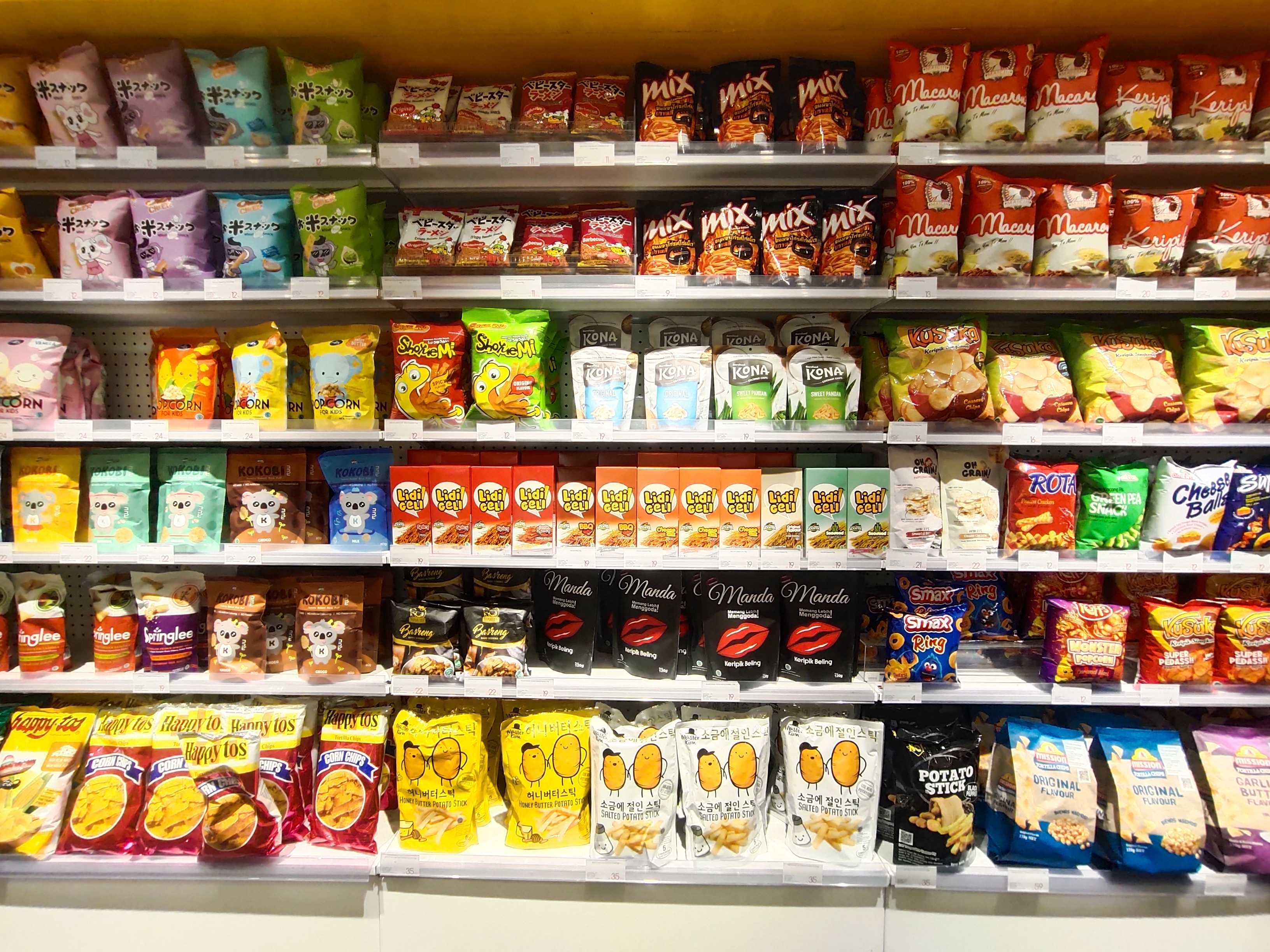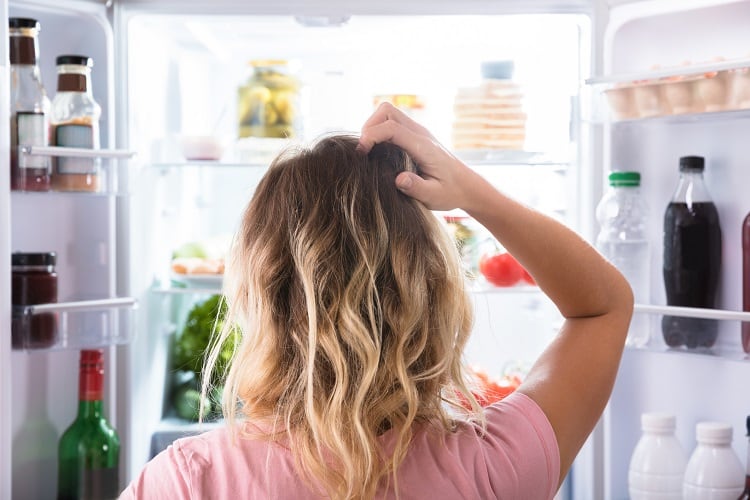Non-UPF Verified officially launched its pilot program to develop the first third-party standard for non-ultra-processed foods verification as calls to regulate ultra-processed foods (UPFs) mount.
Non-UPF Verified is led by Megan Westgate who founded Non-GMO Project, best known for its butterfly seal on packaged foods.
For the pilot, Non-UPF Verified is collaborating with 16 food brands across categories – including Amy’s Kitchen, Califia Farms, Caulipower, Simple Mills and Spindrift, among others – to develop what they say will be a thorough but achievable non-UPF certification.
Momentum for the certification is building quickly, with more than 200 brands expressing interest to join the program, according to Kiira Heymann, director of strategic partnerships, Non-GMO Project.
The initiative stems from the organization’s Food Industry Collective, launched last year to develop alternatives to the industrial food system. During early conversations, brands, retailers, manufacturers and stakeholders repeatedly identified gaps in food transparency, according to Non-GMO Project.
Evaluation process
As the pilot progresses, Heymann describes the process as “a fun container” for in depth discussions on definitions, product categories and processing techniques.
“It’s really allowing us to consider the balance between meaningfulness and achievability that we need to create that program,” she said. “It needs to have a high level of rigor, but it also needs to be achievable at scale such that eaters can start to see the non UPF-Verified seal on pack throughout grocery shelves.”
The pilot operates under the Chatham House Rule, which promotes candid participation by hiding speakers’ identity or affiliation. During these conversations, speakers focus on the complexity of determining the scope of compound ingredients.
“What we’re really talking about with the tools and the standard are minimal processing and additives,” which includes looking at banned ingredients “and then looking at various ways of classifying different processing techniques to decide what’s in or what’s out,” she said.
Non-UPF Verified is drawing on banned ingredient lists from major retailers, guidance from the EU and emerging state-level proposals, Heymann said. The goal is to build a standard that addresses both public health and practical application, while reflecting the nuances of food manufacturing across categories, she added.
“This is going to vary by product category. That’s why we’re so intentional about choosing a diversity of brands with a diversity of supply chains,” Heymann said. “We are also really humble coming into this, because we don’t need to be the experts. We have gathered the experts with us to help us do this.”
How will Non-UPF Verified compare to a federal definition?
The timing of the Non-UPF Verified’s initiative coincides with a major HHS-led effort to define UPFs on a national level. For the organization, the goal is to complement this work and avoid unnecessary burdens for brands.
“We don’t want to create something that’s duplicative, that’s making an increased burden on industry, on the supply chain, on regulatory bodies,” she said. “We really share the same goals of wanting to clean up the food system and empower eaters” every time they visit a grocery store.
Non-UPF Verified is designed to support industry-wide change through consumer trust and clear guidance – similar to how the Non-GMO Project functioned in parallel to state GMO labeling laws in the early 2000s, Heymann explained.
Heymann notes that the non-GMO movement was especially strong two decades ago with numerous states weighing legislation to restrict GMOs. Eventually, USDA introduced the National Bioengineered Food Disclosure Standard. While that rule was under development, Non-GMO Project continued progressing its own efforts and, once the federal standard was finalized, ensured its own program matched – and even surpassed – that level of “rigor” in defining non-GMO, Heymann explained.
Non-GMO Project intentionally aligned its standard so that companies navigating federal regulations could still opt into product attributes consumers cared about.
“We want to make sure that we’re complementing anything that’s happening at the regulatory space,” she added.
A reformulation trigger?
Brands participating in the pilot are actively “pressure testing” early versions of the non-UPF standard, Heymann said.
“We started out with something called the 0.5 version of our standard. So, we were throwing spaghetti at a wall and saying, ‘This is what we think will work,’” she said. She added: where “We’re trying to massage and rework that to strike that balance between meaningfulness and achievability.”
Yet, it is likely “formulations will have to change,” Heymann added.
Beyond NOVA
While NOVA’s widely used classification system offers a foundation, the Non-UPF Project’s approach intends to expand beyond population-level health research to focus on the finished product.
The Non-UPF Verified standard will be published in the fall and will be accompanied by industry education efforts, including webinars and resource toolkits, Heymann confirmed. A consumer research report also is slated for release in December.




